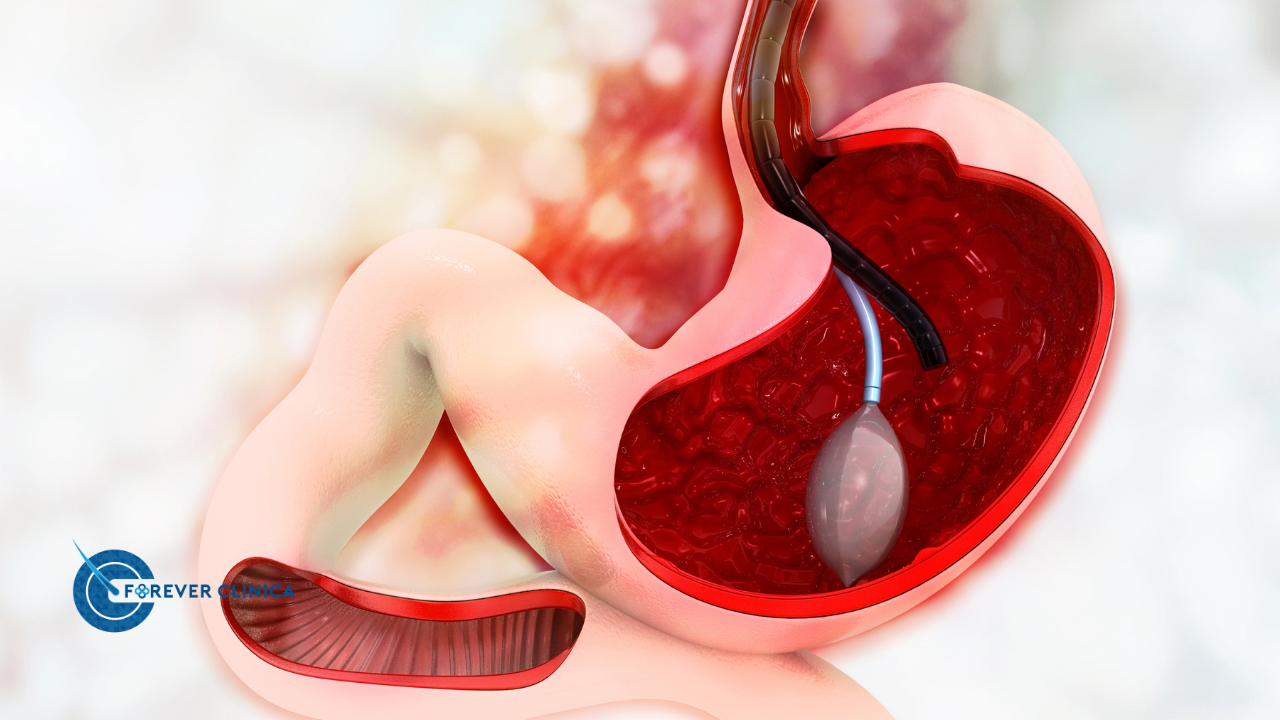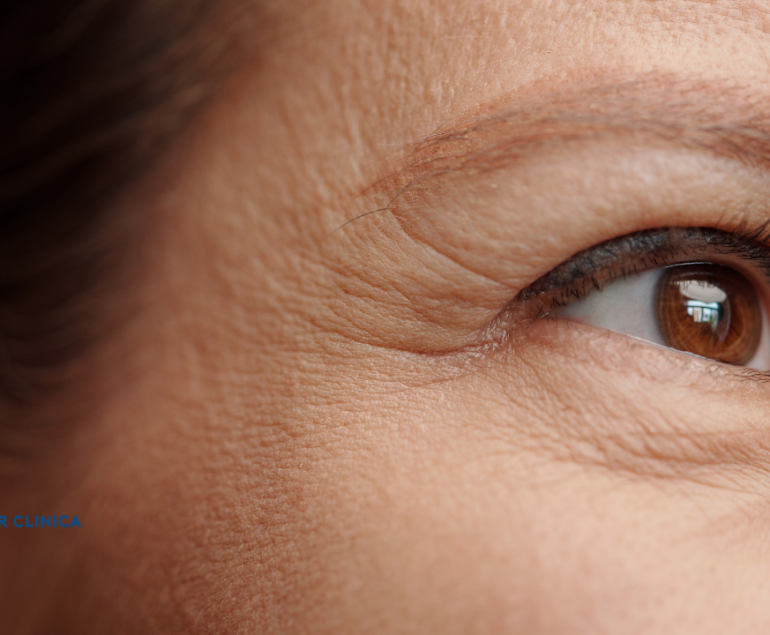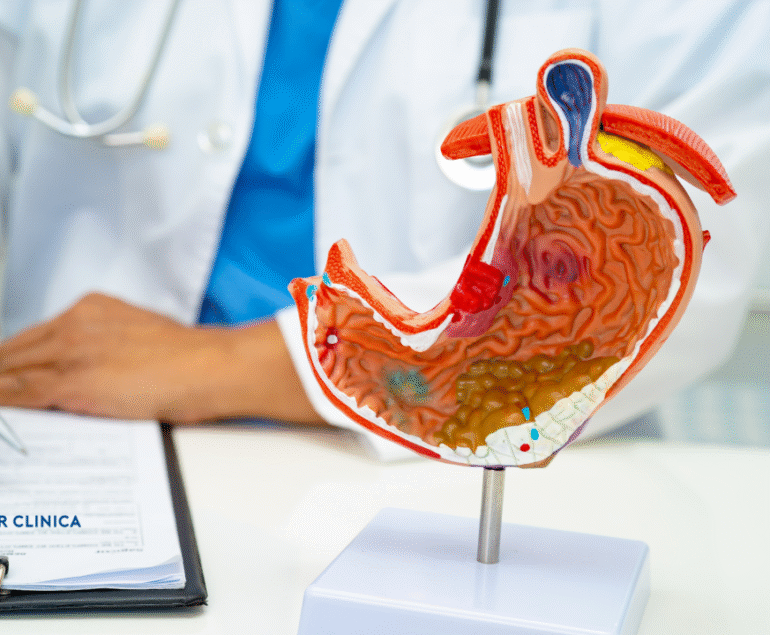A Lasting Solution for Obesity: Gastric Bypass Surgery and Surgical Methods Used
Hello dear readers,
Obesity, one of the most significant health issues of our time, is unfortunately not just a matter of aesthetic concern. It is a complex disease that can lead to many serious health problems, from diabetes to heart disease, joint issues, and psychological distress. In cases of morbid obesity, where diet and exercise fail to provide a solution, surgical methods offer a permanent and effective answer. At Forever Clinica, we are here to equip you with accurate and up-to-date information so you can confidently take the first step toward a new and healthy life. All our procedures are performed in our state-of-the-art facilities in Istanbul, Turkey.
What is Gastric Bypass and Why is It So Effective?
So, what exactly does gastric bypass mean? This procedure, often known as “stomach reduction” surgery, is a more comprehensive surgical intervention than the name suggests. Medically referred to as Roux-en-Y gastric bypass, this operation works through two main mechanisms:
- Restriction of Food Intake: A new, small stomach pouch, about the size of a walnut, is created from the upper part of the stomach. This small pouch significantly reduces the amount of food you can consume at one time. You begin to feel full with much smaller portions, which naturally restricts food intake and facilitates weight loss.
- Reduced Nutrient Absorption and Hormonal Changes: The new stomach pouch is directly connected to a section of the small intestine. This connection causes food to bypass a large portion of the stomach and the first part of the small intestine. This bypass not only reduces nutrient absorption but also triggers the release of hormones that support weight loss. Specifically, it lowers the level of ghrelin, the hunger hormone, and increases the release of hormones like GLP-1 which promote a feeling of fullness. These hormonal changes significantly boost the surgery’s success in weight loss and contribute to the improvement of obesity-related conditions like type 2 diabetes.
Thanks to this dual-action mechanism, gastric bypass surgery provides a higher and more permanent weight loss success compared to other bariatric surgery methods. Patients find it easier to manage their weight loss journey, both by eating less and by benefiting from a rebalanced hormonal system.
Surgical Methods Used in Gastric Bypass Surgery: Which Method is Right for You?
While the basic principles of the surgery are the same, advances in surgical technology have led to different procedural techniques. At Forever Clinica, determining the most suitable method for our patients’ needs and health status is our top priority. Our experienced surgeons in Istanbul, Turkey, utilize the following key surgical methods:
1. Open Gastric Bypass
This is the oldest and most traditional form of gastric bypass surgery. The surgeon makes a large incision (typically 15-20 cm) in the abdomen to directly access the stomach and intestines. This method may be preferred in complex cases, such as patients with significant adhesions from previous abdominal surgeries, or in situations where laparoscopic surgery is not feasible.
- Advantages: The surgeon has a wider operating field, allowing for a clear view of every detail. This provides a safer operating environment in challenging or complex situations. Technically, it is a more familiar and easier method for many surgeons.
- Disadvantages: The large incision leads to a longer recovery period and hospital stay. The risk of wound infection, hernia formation at the incision site, and post-operative pain is higher compared to closed methods. Additionally, a more visible scar remains on the abdominal wall.
2. Laparoscopic Gastric Bypass (Closed Method)
The laparoscopic method is the most commonly performed and is considered the gold standard today. It involves making a few small incisions (typically 4-6, each about 1-2 cm) in the abdomen. A camera (laparoscope) is inserted through one of these incisions to display the internal organs on a monitor. The surgeon performs the entire operation with precision using long, thin surgical instruments inserted through the other small incisions.
- Advantages: The biggest advantage for patients is the very fast recovery period due to the smaller incisions. Post-operative pain is significantly less. The hospital stay is shorter (usually 2-3 days). The risk of wound infection and hernia is much lower than with the open method. From an aesthetic perspective, there are minimal scars.
- Disadvantages: Laparoscopic surgery requires a high level of surgical expertise. The surgeon’s skill and command of the technology are crucial for the success of the operation. In rare complex cases, a laparoscopically started surgery may need to be converted to an open procedure for safety reasons.
3. Robotic Gastric Bypass
Robotic surgery is an advanced version of the laparoscopic method and is becoming increasingly popular in bariatric surgery. In this procedure, the surgeon sits at a console next to the operating table and controls robotic arms. These arms replicate the surgeon’s hand movements with millimeter-level precision. The flexibility and 360-degree rotation of the robotic arms provide the surgeon with superior control, even in tight and hard-to-reach areas.
- Advantages: The robotic system provides the surgeon with a magnified, three-dimensional view, allowing for a clear view of even the smallest vessels and nerves. Its tremor-eliminating feature enables stitching and tissue manipulation with a level of precision that a human hand cannot achieve. This can shorten the operation time, reduce blood loss, and minimize the risk of complications. The precision it provides in creating anastomoses (connections) is particularly important for reducing the risk of leaks.
- Disadvantages: The cost of robotic surgical systems is quite high, which can increase the overall cost of the surgery. Additionally, this technology is not available in every hospital, and surgeons must undergo specialized training to use these systems.
4. Mini Gastric Bypass (Single Anastomosis Gastric Bypass)
The Mini Gastric Bypass is a simpler procedure compared to the Roux-en-Y technique. It involves creating a long, narrow stomach tube and connecting it with a single anastomosis to a loop of the small intestine, about 150-200 cm down. The single connection makes the surgery shorter and technically simpler than the Roux-en-Y technique, which requires two connections.
- Advantages: The operation time is shorter than a standard Roux-en-Y gastric bypass. The single anastomosis reduces the potential risk of leaks and hernias. Mini gastric bypass provides highly effective weight loss and is very successful in treating obesity-related type 2 diabetes.
- Disadvantages: The single anastomosis increases the risk of bile reflux (bile flowing back into the stomach) compared to the standard bypass. This can cause discomfort and, in the long term, lead to stomach inflammation in some patients. Also, there is less long-term scientific data on its potential side effects compared to the standard bypass. However, recent studies show that this method is also safe and effective in the long run.
Which Method is Right for You?
The answer to this question is not a one-size-fits-all solution. At Forever Clinica in Istanbul, Turkey, we adopt a personalized approach for each patient. Before the surgery, we conduct a detailed evaluation of each patient’s general health, Body Mass Index (BMI), obesity-related co-morbidities (diabetes, hypertension, etc.), previous surgeries, and even their social life.
Our experienced team reviews the test results and our candid conversations with you to determine the safest and most successful surgical method for your specific situation. Transparency is very important to us. We explain all the options, their advantages, and potential risks in detail, and answer all your questions. Remember, making the right decision together is the first step toward success.
Life After Gastric Bypass Surgery: A New Beginning
Surgery is the first step toward a new, healthy life, but it’s not the only one. The post-gastric bypass journey is just as important as the surgery itself for long-term success. We will not leave you alone during this process; we will be with you every step of the way. Our team of experts in Istanbul will provide you with:
- Nutrition: In the first 1-2 weeks after surgery, you will start with a liquid-based diet to allow your new stomach to heal. You will then gradually transition to pureed and soft foods, and eventually to solid foods. Our dietitian will create a customized plan and monitor your progress. You will need to adopt new habits such as eating small portions, eating slowly, and drinking plenty of water.
- Vitamin and Mineral Supplements: Due to reduced nutrient absorption after gastric bypass, vitamin and mineral deficiencies (especially B12, vitamin D, iron, and calcium) can occur. To prevent these deficiencies and maintain your health, you will need to take regular vitamin supplements for life.
- Exercise: An exercise program that starts with light walks in the first few weeks after surgery will gradually increase to help you reach and maintain your ideal weight. Exercise speeds up your metabolism, preserves muscle mass, and improves your overall health.
- Psychological Support: This process is not only a physical change but also a psychological transformation. We believe that receiving psychological support can be very helpful during this period as your eating habits, social life, and even your self-perception change.
Frequently Asked Questions (FAQ)
We have compiled a list of the most frequently asked questions about gastric bypass surgery:
1. Who is a suitable candidate for gastric bypass surgery?
Generally, it is suitable for morbidly obese patients with a Body Mass Index (BMI) of 40 or higher, or those with a BMI between 35 and 40 who have at least one co-morbidity like diabetes, hypertension, or sleep apnea.
2. How long does it take to lose weight after the surgery?
The rate of weight loss varies from person to person, but you can expect to lose 60-70% of your excess weight in the first 6 months and 70-80% in 12-18 months.
3. What are the risks of gastric bypass surgery?
Like any surgical procedure, gastric bypass has potential risks. These include infection, bleeding, anastomotic leak (leakage at the connection site), vitamin deficiencies, and intestinal obstruction. However, with an experienced team like Forever Clinica and modern surgical techniques, these risks are minimized.
4. Is it possible to get pregnant after the surgery?
Yes, it is possible to get pregnant after surgery, and the obesity-related infertility issues may even resolve. However, it is recommended to wait until you reach your ideal weight (usually 12-18 months after the surgery) before conceiving.
5. Is it possible to regain weight?
Unfortunately, weight regain is a risk for all bariatric surgeries. However, this typically happens to patients who do not adhere to the post-operative diet and lifestyle changes. For those who view the surgery as a tool and adopt new habits for life, the success rate of weight maintenance is very high.
Forever Clinica: Your Trusted Partner for a Healthy Life in Istanbul, Turkey
At Forever Clinica, we do more than just perform a surgery; we build a bridge that leads you to a healthy and happy life. We combine the latest surgical technology with our experienced surgeons and expert dietitians to provide you with the most reliable service. All our procedures are performed in Istanbul, Turkey.
If you are ready to start a new chapter in your fight against obesity and would like to find out if gastric bypass surgery is the right option for you, please contact us for detailed information and to schedule an appointment. We would be happy to accompany you on your journey toward a healthy future.
We wish you healthy days.




